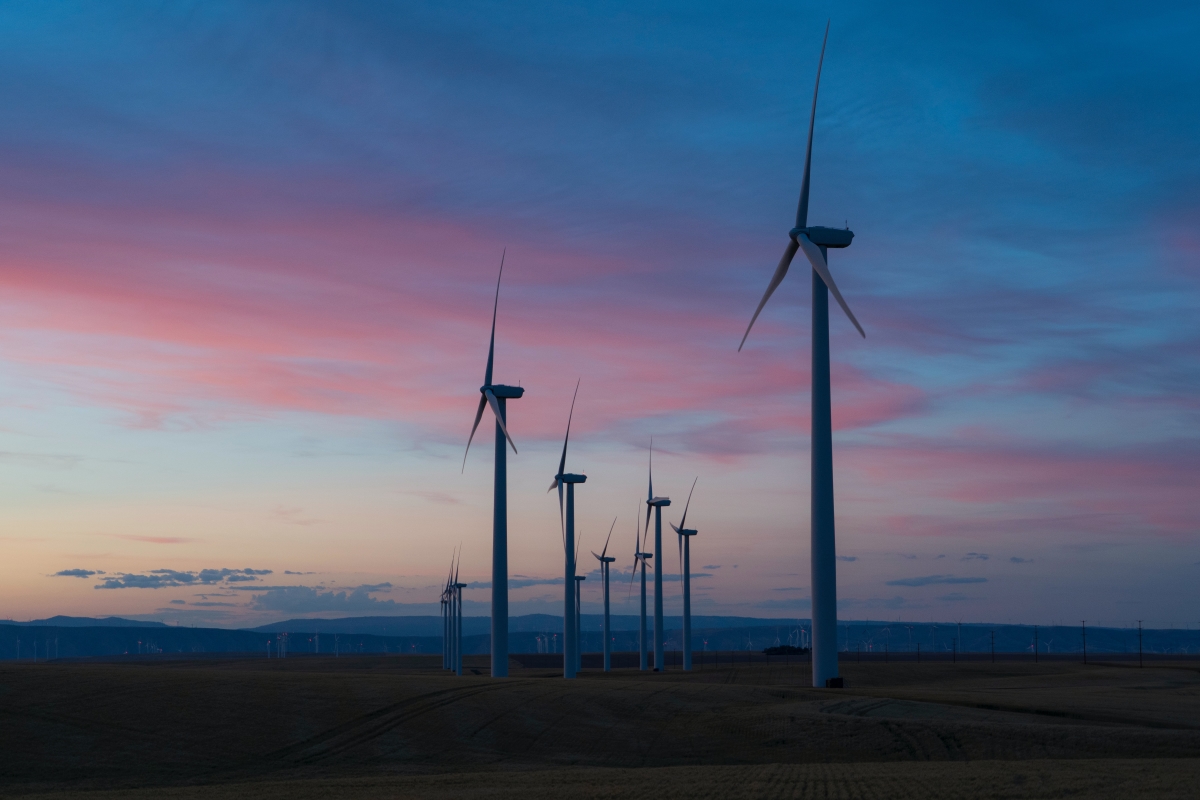
Part of the series ‘The European Green Deal explained: how the EU wants to save the climate’
Written by Joran Buwalda
With its European Green Deal, the EU aims to be climate neutral by 2050. To illustrate the magnitude of this challenge, consider that in the year 2018 EU greenhouse gas emissions still amounted to a whopping 3,9 billion ton CO2 equivalent1 (Eurostat, 2020). This equals 2,363,800,000 flights from Brussels to New York and back.2 Those numbers have to go to zero. How does the EU aim to achieve this?
To introduce the three main instruments the EU uses to reduce emissions, we will start with a little metaphor: imagine you are a heavy smoker. You smoke so much that your doctor is worried about your health. Do you see the parallel? We emit so much CO2 that it is unhealthy for the planet.
What can be done to help you to stop smoking? If quitting entirely is too hard, your doctor might strongly advise you to first reduce the number of cigarettes you smoke; say she/he asks you to reduce your smoking by 50% over the course of two weeks. For the climate problem, this would be an emissions reduction standard. As part of the Green Deal, the European commission has proposed to increase the standard from 40% to 55% emission reduction by 2030, compared to the situation back in the 1990 (European Commission, 2020). Why compare to 1990? That’s a strategic political choice, as I’ll explain in the next column. Back to our metaphor: of course your doctor asking you to rapidly reduce your smoking does not necessarily mean you will actually do so, right? Standards have an important communication and monitoring function, but they do not reduce emissions.
That brings us to the second instrument: pricing. Cigarettes are expensive for a reason – a high tax discourages you to buy them. The EU does something similar with carbon emissions. To emit a ton of CO2, you need to buy an allowance. These allowances allow the EU to put a ‘cap’ on the total emissions: the amount of available allowances determines how many tons of CO2 can be emitted. Moreover, allowances are tradable. Maybe a friend of yours has less trouble reducing his/her smoking intake than you. In a trading system, she/he would be able to sell her smoking allowances to you and earn some money. Sounds like a good deal? For carbon emissions in the EU this means that the companies which can reduce emissions with low economic efforts will do so first, reducing the overall costs. This pricing mechanism is called the Emission trading system or ETS3 (European Commission, 2020a). There is one problem with the ETS though – if you don’t feel like paying tax, you can go to the airport and buy your cigarettes in the duty-free zone. Companies do the same: they move their factories outside of the EU to avoid buying allowances for emissions (this is called ‘carbon leakage’). The European Green Deal proposes a carbon border tax, so these companies pay allowances anyway. To some (like Trump), this sounds like market protectionism, which is principally illegal under international trade rules. You are going to find more about that in the third column in this series. The nice thing about pricing is that it yields money which can be invested into low-carbon technologies.
There you have the final instrument: investments. The Green Deal pledges to invest an astronomical 1 trillion euros (€1,000,000,000,000) in technologies which emit little or no CO2, such as windmills, electric cars and heat pumps (European Commission, 2020b). Where does all this money come from? That is the topic of the fourth column in this series.
So far, we only discussed the measures aimed at directly reducing emissions. The Green Deal also impacts other aspects: increasing the share of renewable energy, transforming agriculture, establishing a circular economy, reducing air pollution and protecting wildlife, to name a few (European Commission, 2020c). Feeling overwhelmed? Nobody said it would be easy to save the climate.
Footnotes
1 The “CO2 equivalent” is relevant because CO2 is not the only greenhouse gas. Also, methane (CH4), nitrous oxide (N2O), hydrofluorocarbons (HFCs), perfluorocarbons (PFCs), sulphur hexafluoride (SF6) and natrium trifluoride (NF3) contribute to global warming. Some of them do more harm than others. For example, 1 kilogram of methane equals the damage of 25 kg of CO2 (Eurostat, 2020a). 1 kg methane thus equals 25 kg CO2 equivalent. Or see it this way: imagine a glass of proper wine which contains double the alcohol of a glass of light beer. One glass of wine is equal to “two beer equivalents”.
2 Calculated with a carbon footprint calculator (https://calculator.carbonfootprint.com/calculator.aspx?tab=3)
3 See https://www.youtube.com/watch?v=fJrFSLfaeeE for a short video brilliantly explaining the ETS
References
European Commission (2020). State of the Union: Commission raises climate ambition and proposes 55% cut in emissions by 2030. Retrieved from: https://ec.europa.eu/commission/presscorner/detail/en/IP_20_1599
European Commission (2020a). EU Emissions Trading System (EU ETS) – Climate Action. Retrieved from: https://ec.europa.eu/clima/policies/ets_en
European Commission (2020b). Press Corner. Retrieved from: https://ec.europa.eu/commission/presscorner/detail/en/fs_20_40
European Commission (2020c). A European Green Deal. Retrieved form: https://ec.europa.eu/info/strategy/priorities-2019-2024/european-green-deal_en
Eurostat (2020). Greenhouse Gas Emission Statistics – Emission Inventories. Retrieved from: https://ec.europa.eu/eurostat/statistics-explained/index.php?title=Greenhouse_gas_emission_statistics_-_emission_inventories
Eurostat (2020a). Glossary:Carbon Dioxide Equivalent – Statistics Explained. Retrieved from: https://ec.europa.eu/eurostat/statistics-explained/index.php/Glossary:Carbon_dioxide_equivalent

 The invention of development: power, narrative, and the afterlife of Truman’s speech
The invention of development: power, narrative, and the afterlife of Truman’s speech  Is the World Trade Organisation a Failure?
Is the World Trade Organisation a Failure?  Is EU citizenship for sale – or for keeps? A critical analysis of the CJEU’s Golden Visa ruling.
Is EU citizenship for sale – or for keeps? A critical analysis of the CJEU’s Golden Visa ruling.  The European Union in Space: From exploration and innovation to security and autonomy
The European Union in Space: From exploration and innovation to security and autonomy 


